security standards compliance
Securing Your System and Data
Remain resilient through cyber security standards compliance.
NIST, CIS, ISO and Other Standards
Choosing a framework that fits
In the current digital landscape, protecting your system and data has become critically important, given the growing complexity and frequency of cyber threats. The cyber security standards may support the capabilities of preparing, protecting, responding and recovering from cyber-attacks. Cybersecurity standards such as NIST, CIS and ISO 27001 can bolster the security posture of your organization’s systems and data.
ISO 27000 Series for Cybersecurity
All You Need To Know
The ISO 27000 series offers a structured approach to achieve certified data security compliance, akin to the NIST framework but with a global perspective. Crafted by the International Organization for Standardization (ISO) and the International Electrotechnical Commission (IEC), it stands as an international counterpart to the U.S. government-designed NIST.
Framework Overview
The ISO standards aim to assist organizations in achieving data privacy and confidentiality, thereby avoiding legal repercussions and enhancing operational efficiency by minimizing susceptibility to cyber attacks. The scope is extensive yet detailed, ensuring comprehensive coverage of cybersecurity needs.
Comparative Advantage
As a global standard, the ISO series complements existing ISO quality and environmental standards, such as ISO 9000 for quality management and ISO 14000 for environmental management. It includes specific standards for different sectors, like ISO 27799 for healthcare, offering a unified framework that might eliminate the necessity for mixed models.
Applicability to Your Business
Given the European Union’s stringent data protection regulations compared to those of the U.S., companies with international operations may find the ISO framework particularly beneficial. It provides a solid foundation for crafting a cybersecurity framework that meets the high standards of data protection required globally.
NIST Cybersecurity Framework
All You Need To Know
The NIST Cybersecurity Framework, developed by the National Institute of Standards and Technology, stands as the most popular framework among U.S. companies, established in 1990. Its widespread adoption is significantly attributed to its development under the auspices of the U.S. government, in partnership with the private sector.
Framework Overview
NIST provides exhaustive instructions on various cybersecurity aspects, including risk assessment, continuous monitoring, incident response, and awareness training. Renowned as the benchmark for cybersecurity frameworks, NIST delivers a thorough approach to safeguarding data and mitigating risks, along with strategies to minimize the consequences of security breaches. It caters to diverse industry needs through multiple versions, each tailored to specific sectors and focuses.
Comparative Advantage
Adopting the NIST framework ensures a flexible, tailor-made solution that is both government-vetted and regularly refined, incorporating insights from federal expertise. NIST also offers a straightforward entry point with NIST.IR 7621r1, a basic guideline for beginners, before progressing to the more comprehensive suite of NIST standards. Users benefit from an extensive resource library to support implementation.
Applicability to Your Business
Designed for versatility, NIST continually evolves to address the changing landscape of cybersecurity threats and is suitable for a broad range of applications. However, its depth and breadth might pose challenges for smaller organizations, which may find it daunting and demanding in terms of maintenance and implementation, often necessitating specialized expertise for effective deployment.
CIS Cybersecurity Framework Overview
All You Need To Know
The Critical Security Controls (CIS) framework, crafted by the SANS Institute—a global research and educational organization comprised of IT experts—aims to offer advanced cybersecurity insights. Renowned for distilling complex cybersecurity knowledge into three practical and actionable categories, it facilitates a user-friendly approach to information security.
Framework Overview
The CIS framework prioritizes defense against common cyber threats and effective breach response strategies. It outlines a set of practical defense actions to ensure that only authorized personnel can access critical data and assets, emphasizing the protection of organizational resources.
Comparative Advantage
While it maintains a focus on simplicity and direct defense strategies, the CIS framework is equally reputable compared to broader frameworks like NIST or ISO, with NIST even incorporating CIS standards within its guidelines. Its operational ease and concentrated approach on prevention and mitigation make it a distinctive choice.
Applicability to Your Business
Originating from the expertise of seasoned IT professionals rather than regulatory bodies, the CIS framework is often seen as the most actionable and hands-on cybersecurity standard. Its defensive and mitigation-centric philosophy makes it particularly appealing to organizations seeking rapid risk management solutions and resilience against cyber threats.
What Stroople can do for you?
Helping you to adopt the right cybersecurity frameworks
Our compliance consulting services are crafted from our practical, real-world experiences. Our experienced team can guide your organization through these intricate frameworks, offering services that include:
- Advising on the standards relevant to your organization
- Conducting gap analyses to pinpoint areas for improvement in your information security setup and operational processes
- Providing readiness and assessment services for various standards
- Developing compliance roadmaps tailored to the standards that pertain to your organization
For achieving compliance with any security framework, such as NIST, CIS Controls, ISO 27001, or others, the initial step involves posing the correct inquiries:
- What strategies can I employ to address and close the identified security vulnerabilities within my business?
- How can I safeguard and ensure the recovery of my business’s most critical assets?
- How can I formulate a plan for enhancing resilience?
- What methods should I use to evaluate my business’s adherence to various security frameworks?


